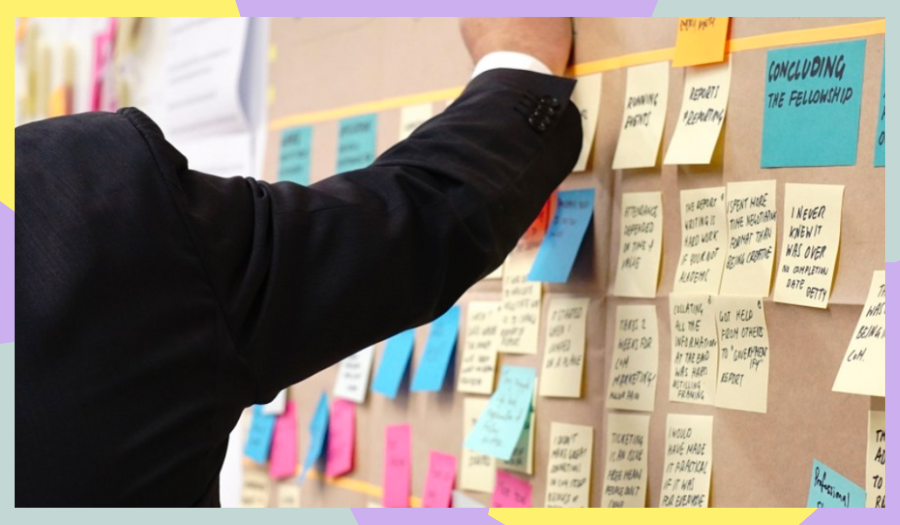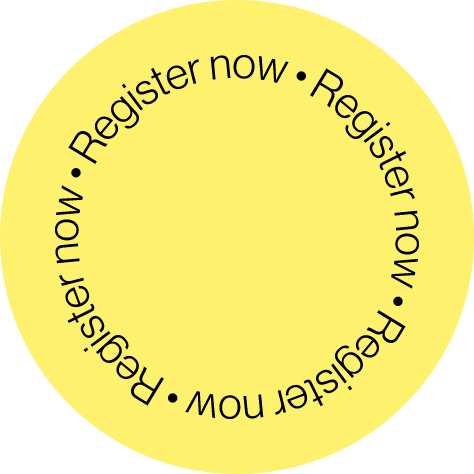I remember putting together my first big girl portfolio.
I bought a vintage 1950’s French briefcase, tore out the houndstooth innards and replaced them with a ring binder system and custom printed my designs onto an a bespoke (read, “awkward”) size of paper and tied a gold ribbon on top. Yeah, I know.
Needless to say, the portfolios that I look at on a daily basis now are incredibly different than the portfolios from my art school days. You learn a lot in a few years. Instead of typography and infographics, I deal with a new breed of design, a type of design that is a little bit harder to translate onto pages, be they digital or printed and stuck into an awkward briefcase-portfolio hybrid.
Here at Bamboo Crowd, we play in the intersection between strategy and design, I personally work with a range of designers and “designers” – from Interaction & Product Designers to Experience & Service Designers and an even more grey area, Design Researchers & Design Strategists, and a question that I seem to get a lot from these lovely humans is:
“What should I do about my portfolio?”
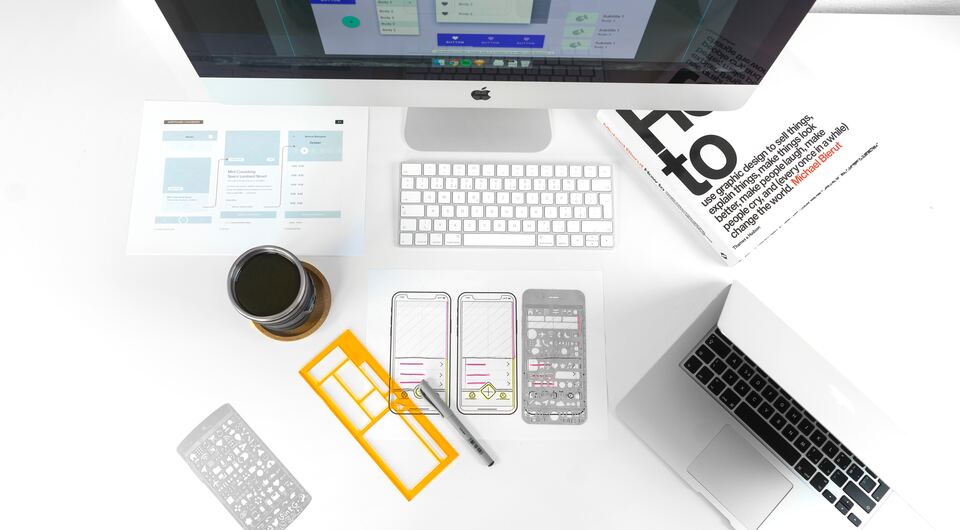
Portfolios in this sometimes intangible and almost always NDA ridden space can be super confusing to navigate. What can I show, what should I show, how do I show it and what are people actually looking for? Do I even need a portfolio? How do you translate 7 months of ethnographic fieldwork in South Africa where you interviewed 400 people and their pets in their homes about the future of pet insurance into something cohesive that doesn’t take an hour to read? It’s a lot.
For the visually led amongst us, this task might be easier, but for those of you from a more industrial, strategic or perhaps an anthropological background – this might be a bit harder to nail as you may not have put together something in this particular way before.
So, here’s a bit of advice from me to you, about what my clients and I like to see when it comes to representing your work:
General strategic portfolio advice:
Remember this is what they will see first...
As I mentioned before, I know NDA’s exist and I’ve met enough people to know that there is a mindset that exists around ‘leaving some mystery’ to the work so that you can show it off in person... however do remember more times than not, your portfolio is what they will see first and you need to include enough information around the areas you’ve worked in, the methodologies used and some of the outcomes. This can look different to different people, but there needs to be a very convincing case made in your portfolio in order to get that initial buy in. Feel free to blank out brand/client names and replace them with the general industry terminology (i.e. ‘Utilities, Disruptive fin-tech, Fem-tech) and generalise some of the results, but unless you’re incredibly senior with tonnes of complex, big projects under your belt, you may find that more information is better.
It’s about the process...
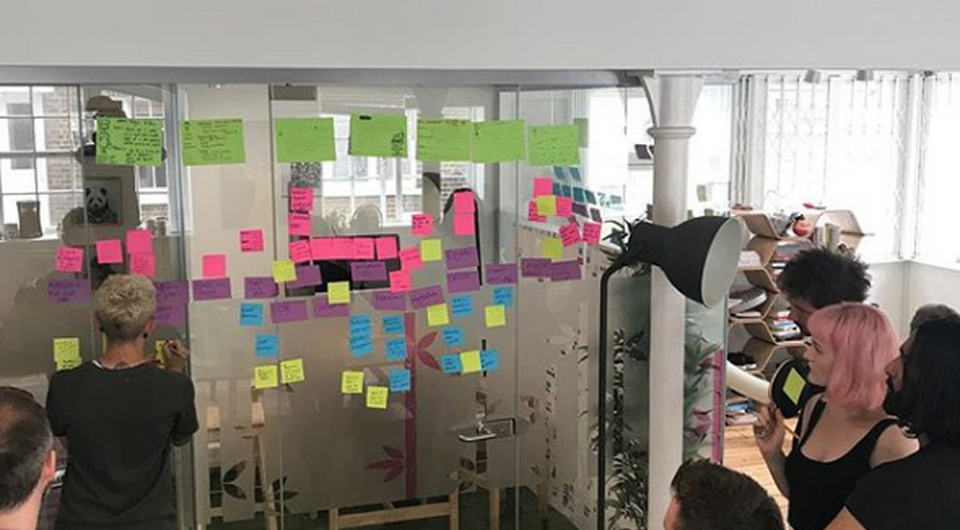
Especially in the human-centred design space, hiring managers need to see the ‘working out’ to see what you’ll be bringing to them. Final pieces are great - but the process is what you’ll be bringing them. This changes slightly if you’re primarily visually led, but even then, they want to understand the reasons behind certain colour choices, typography and layouts. Most people that I work with tend to be solely selling their problem-solving process (design thinking) and not just a pretty image or brand, make sure you’re able to get this across in an easily understood way so anyone can understand!
Weave a narrative!
One of the most important parts of being a player in the innovation space is showing that you’re a great storyteller - make sure you weave a cohesive narrative in your case studies as well as the whole portfolio, below is a very general guideline on how to structure your ‘story’.
1. Brief
2. Research
3. Ideation/Exploration
4. Outcome
5. Impact
Get detailed, make sure you let your viewer know exactly what YOU did. Though you may be showcasing an entire shiny new digital product - did you create the whole thing by yourself? (If so, please e-mail me!) But more likely than not, in most cases you will have worked with a team who split up the work with you. Though you may not have been siloed and touched on bits from the research through to wire framing and some visual design, specify what exactly you did. What value exactly will you bring to your potential new employer?
Lastly, remember that if you nail the physical portfolio, presenting it to someone is just as important! So, if you feel a bit wobbly around the presenting side of things (I see you, introverted researchers!) make sure to practice a little bit, either in front of a friend or even by yourself – pro-tip, I used to do a lot of public speaking competitions and I would record myself and play it back to really make sure I nailed it. Remember that a big part of design is presenting why you’ve gotten to where you have in order for your clients and senior stakeholders to buy in. to you and the work you do.
PDF vs Website?
This is a personal opinion, but I believe strongly that you have more control over the viewing of a portfolio if it’s in a PDF format. You choose what projects get seen, and in what order. You must engage a person looking at your portfolio within around 10 seconds for them to decide to dig deeper, and with a PDF portfolio you get to control the entire user experience - no surprises, no looking at outdated work that you might have left on your website for breadth, and a unique opportunity to tailor each journey/PDF for each viewer (if necessary). Usually I find that with a PDF, there’s a better structure for putting in tonnes of information about your processes, as well as the ability to break up each page into more bite-sized chunks rather than one long block of text to scroll through, it’s way more engaging. And of course, it can be password protected and shared with a degree more difficulty for those of you with the pesky NDA problem.
As a side note, if you DO choose to use a website and that user journey is not well defined and easy to follow... re-think it. Please. The number of awkward and outdated UX/ Experience design portfolios that I’ve seen over the years is close to driving me insane.
For the more strategically oriented out there:
I’m looking at you, Design Researchers, Design Strategists, Business Designers, Innovation Consultants and Front-end Service Designers... So, this is probably where the line is the most blurry in terms of, “Well, do I even need a portfolio?” And the answer varies. It depends on where you’re applying to, as you do get more “design led” consultancies that more and more are starting to expect a solid portfolio of process driven, strategic design and research work.
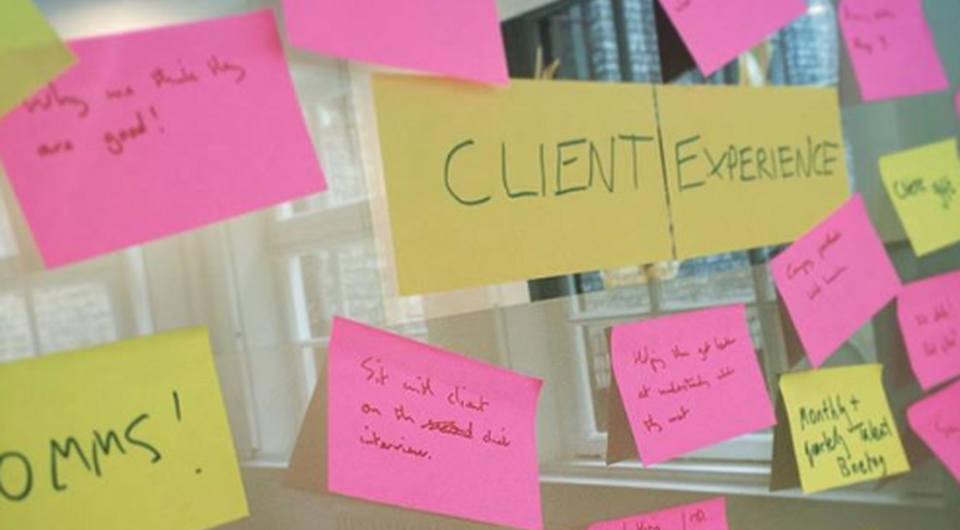
With your profiles in particular, it’s likely they won’t be looking for an aesthetic match, again, this match is more based on your processes and what you’re bringing to the table in terms of how you work through a brief and if the level of complexity, methodologies, and team structures match their way of working or not. Some consultancies are willing to forgo looking at a portfolio at first stages if you have a relevant strategic background and can prove that you’ve worked with end consumers, using design thinking methodologies... but come that all important ‘face-to-face’ round, chances are you’ll need to lead them through a document that encapsulates what you’ve done for the past few years.
My top tip here is to keep it simple! If you’ve got a visual design background, that’s amazing and definitely use your layout and typographic skills here - but if you come more from the research side and are mildly terrified of InDesign or Photoshop or even Keynote... just make sure that you outline your process thoroughly, weaving that narrative that exposes the steps that you’ve taken to creatively solve the problem or brief, and the methodologies you used along the way. Did you lead workshops? Did you prepare a large ethnographic study? Did you use a tonne of post-it notes? Show me! Show that you know what you’re talking about and that you can dive headfirst into complex challenges confidently because you’ve been there before.
To wrap it up...
It’s all about process, process, process!
Make sure to tell a cohesive and engaging story.
Maybe consider a PDF portfolio over a website…
And if you’re creating your first ever portfolio as you’re exploring the more design-led path, keep it simple and thorough.
As it’s the start of 2020, I hope this helps those of you who are looking to launch yourself into a new position, and if you need a little extra help in perfecting your portfolio or in finding the new home for your human-centred design skills, give me a nudge and I can see if I can squeeze you in to go get caffeinated together. Feel free to share your thoughts!

